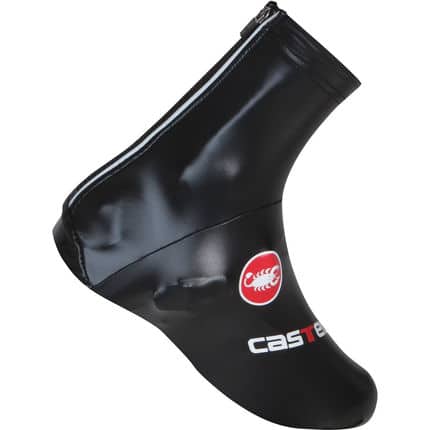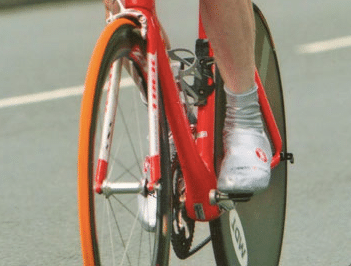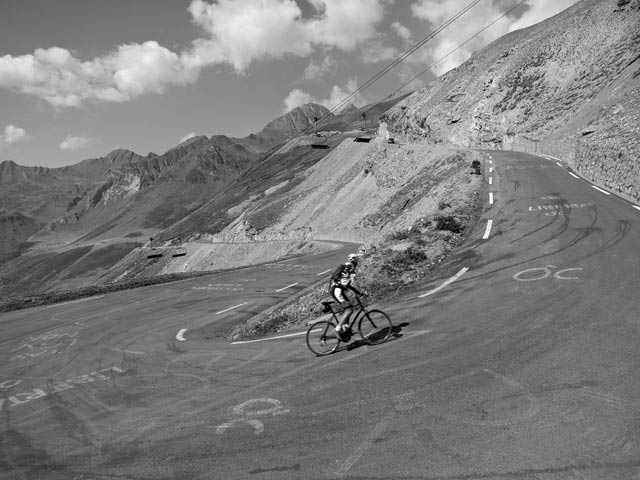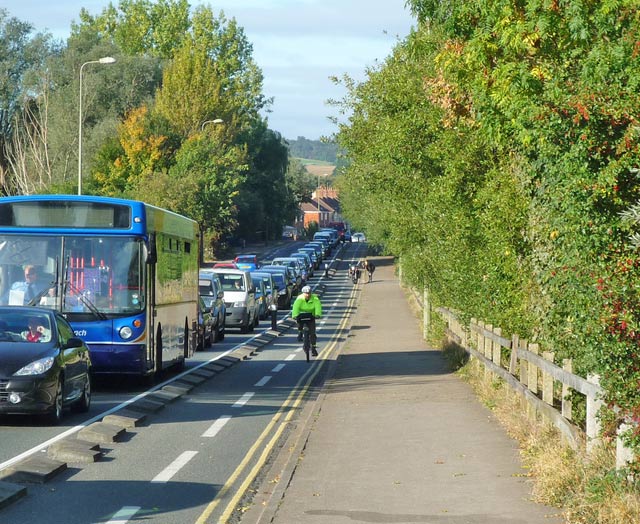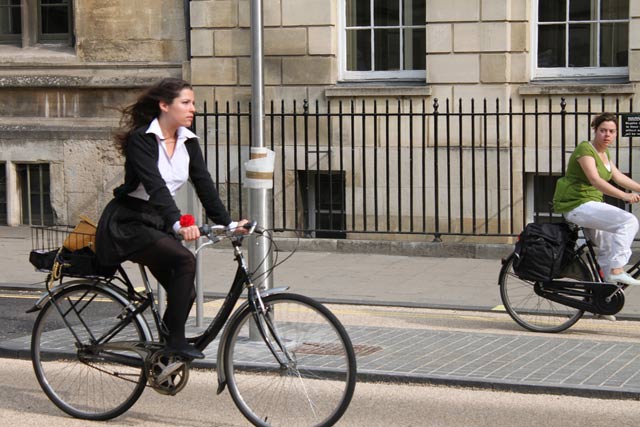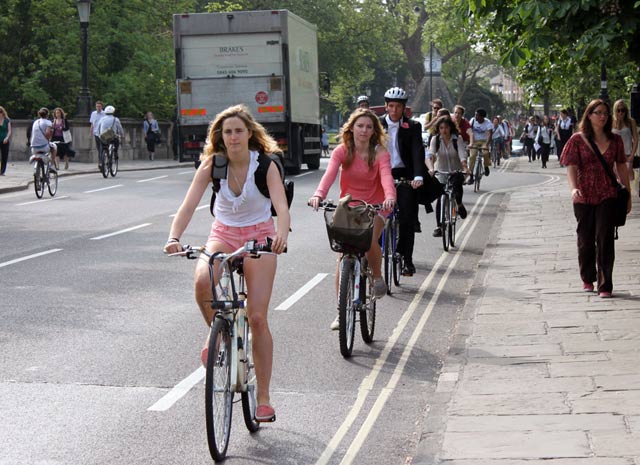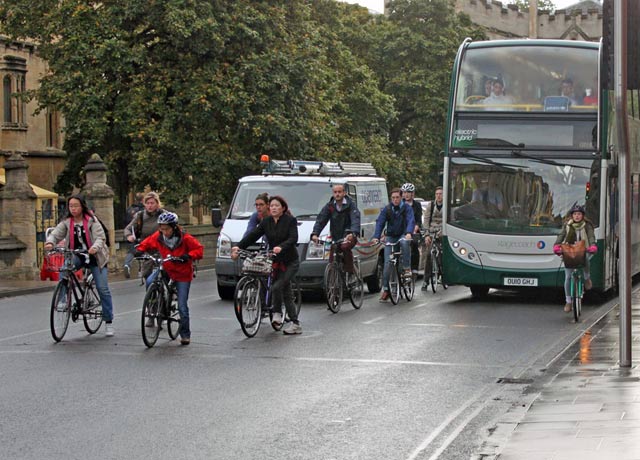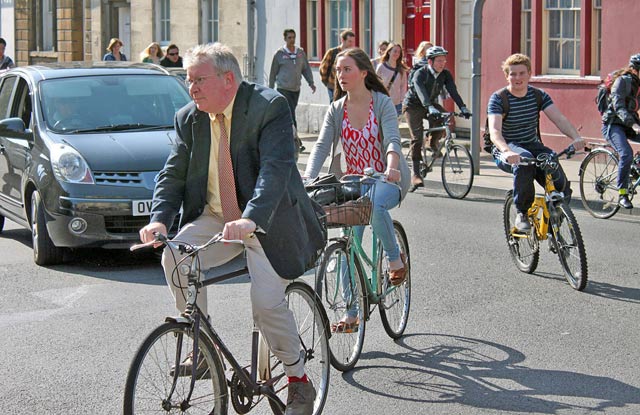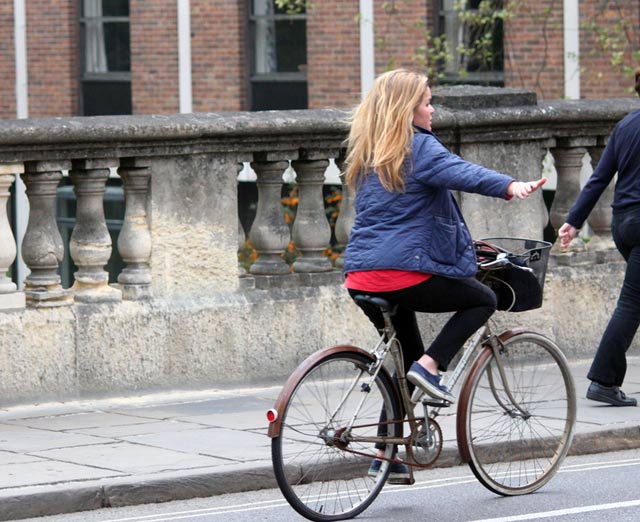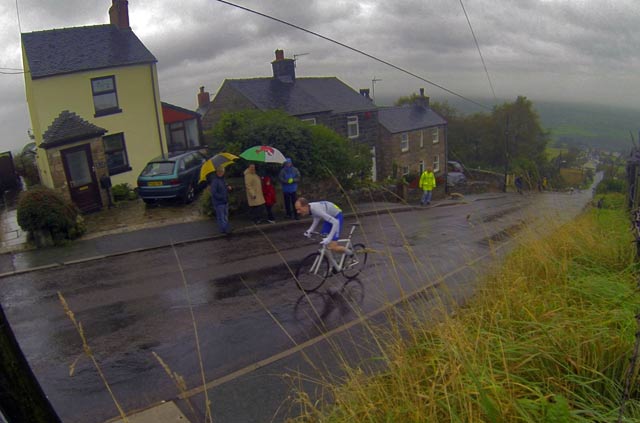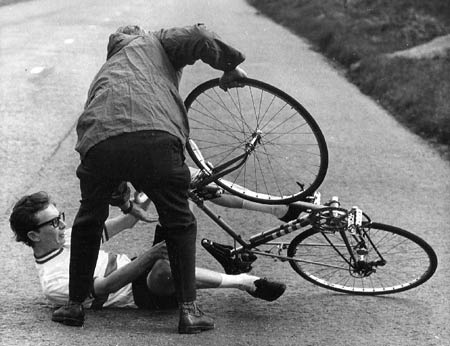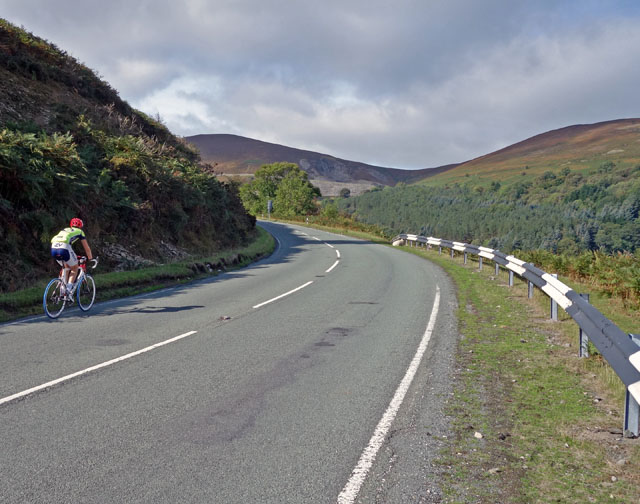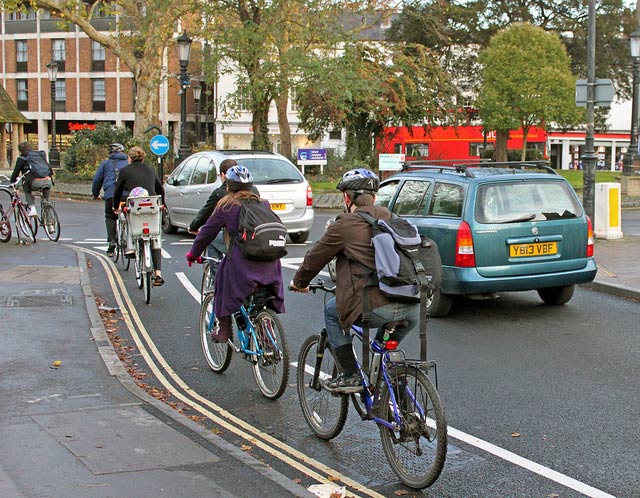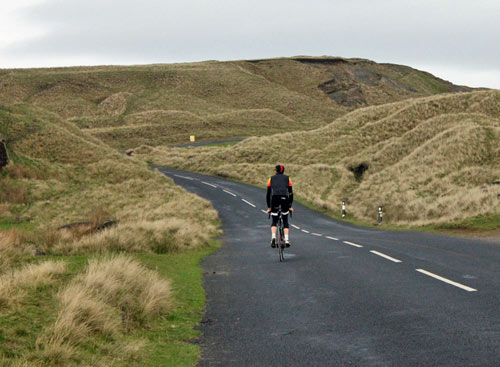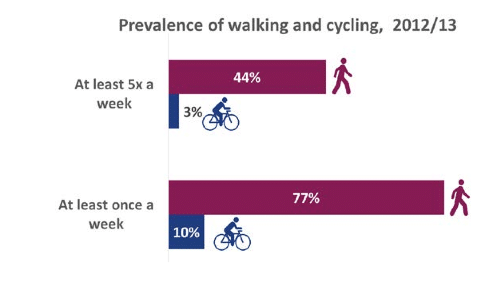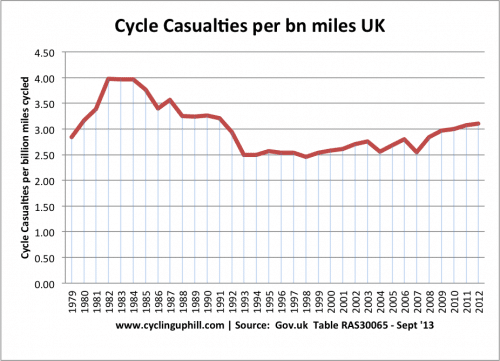At the moment I can’t decide between training for a 12 hour time trial and training to be fast up hill climbs. My training is often a mix of racing up hills, then trying to do 80 miles of endurance. Getting the best of both worlds (or perhaps failing to maximise either). Anyway, the rides are a lot of fun which is the main thing.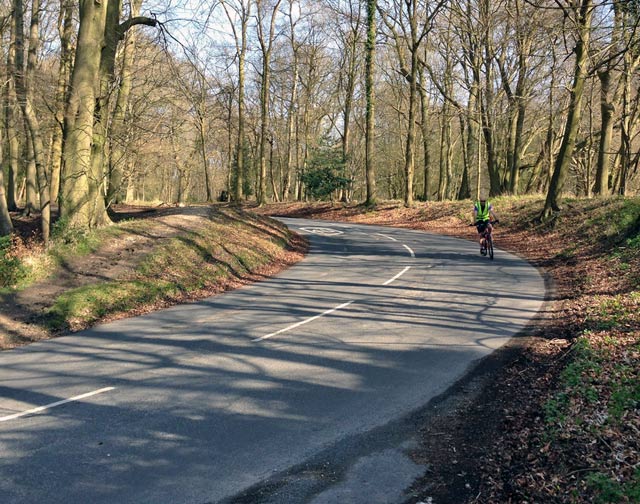
The Chiltern ridge makes an excellent training area. You can go up and down the hills of the Chiltern ridge until you get tired of hill intervals, then you can take the flat roads back to Oxford. I’ve learnt not to overdo the hills. Every training ride doesn’t have to take you to the max. If you leave something in the tank, it makes the next training sessions more productive. If you really go for it, you can spend the next 7 days recovering.
Clearly defined goals are important
In cycle training the first thing is to have a clear goal of what you want to achieve. Later in the year that will be easy – peak for the end of October for a 3 and a half minute effort. But, at this time of the year, the goals are not quite as prominent. I hope to do my first 12 hour time trial this year at the end of July. But as it’s my first 12 hour, I don’t have any major expectations; I can just turn up and see what I do.
The event will be the National Championship 12 hour TT on a pan flat course in Yorkshire. In the run up to that, I will have quite a few 10s, 50s and 100s. Racing 50s and 100s is an excellent preparation for a 12 hour time trial.
Though the idea of racing 3 consecutive 100s (3* 4 hours), does put the 12 hour into context. The record for a 12 hour time trial is 317.9 miles set by Andy Wilkinson (Port Sunlight Wheelers) in 2012. (26.48 mph average)
These are a few thoughts about training for a 12 hour time trial, though I haven’t done a 12 hour yet. I may revise this post, when I’ve actually done one!
Getting the miles in
At the risk of stating the obvious, if you want to do a 12 hour time trial, you need quite a few miles in your legs, and be comfortable with riding for 5-7 hours. If you can manage 6 hours, the logic is that if you pace yourself correctly and manage food / hydration, you should be able to keep going for 12 hours.
Fortunately, I had a reasonably good winter; despite a few weeks off, I had a few 6 hour rides which provides a good winter base. In early spring, my rides were a bit shorter as I got over an injury and concentrated on short hilly time trials. But, now the exams are coming to an end, I have more time for training. The hope will be to do a 5-6 hour ride once a week.
If you don’t have such a good basis, it is good to start off with a 3-4 hour ride every 7-10 days – in addition to shorter rides during the week. A couple of months before the event, if you can make this long ride 5-6 hours it will get help you get used to the duration of the event.
Target for training
In terms of 12 hour training, I will be hoping for a couple of 300 mile weeks, possibly the odd 400 miles. It would be nice to have chance to do a really long ride, like 150 miles, that would give a lot of confidence for a 12 hour and give an idea of what it is like to ride for 7 hours.
But, you don’t need to do 300 miles every week, it could be counter productive. Recovery is still as important for 12 hour training. Like all aspects of cycle training, you also have to listen to your body and know when you are fatigued. My training schedule has built up over several years. When I started cycling, I couldn’t manage what I do now. This is why it’s hard to give concrete training plans.
Training on a time trial bike
I would say it is essential to train on the bike that you are going to be racing on. There’s no point doing long training rides on a road bike, only to find after 3 hours of the race that the TT bike is too uncomfortable.
Last year, I was in a lot of pain for a 100 mile TT so I felt to do a 12 hour, I’d have to do something radically different.
- Firstly, I got a new saddle (Adamo Saddle review) – which is super-excellent for a long time in the TT position.
- I also did a bit of upper body core strength – in particular the plank – for strengthening the back.
These two factors have made a big difference. I can now ride on TT bike for 6 hours without too much discomfort. It would be a shame to be in good cycling shape, but to have to give up because your back or neck can’t take it.
Read more
